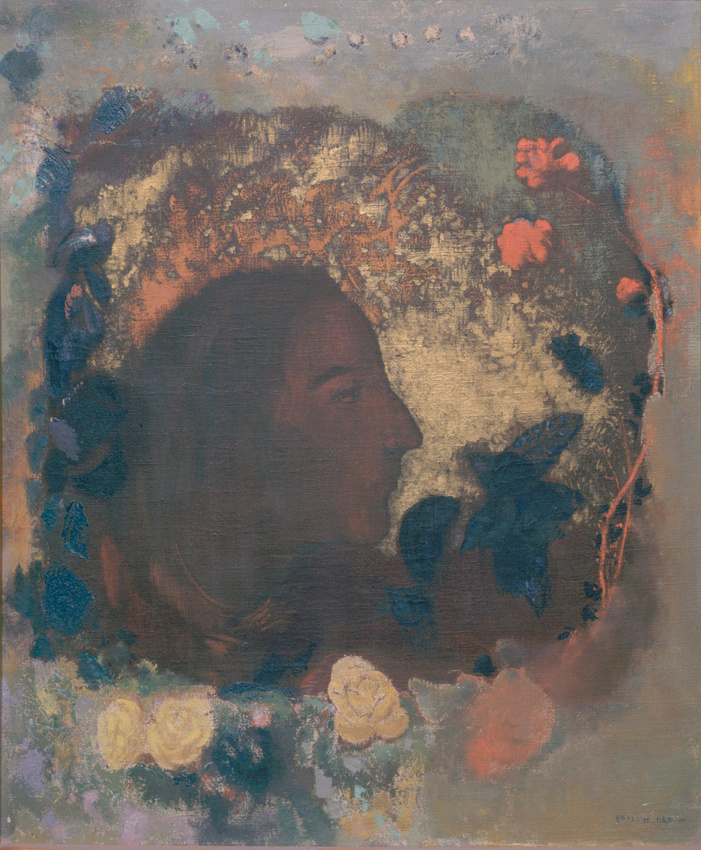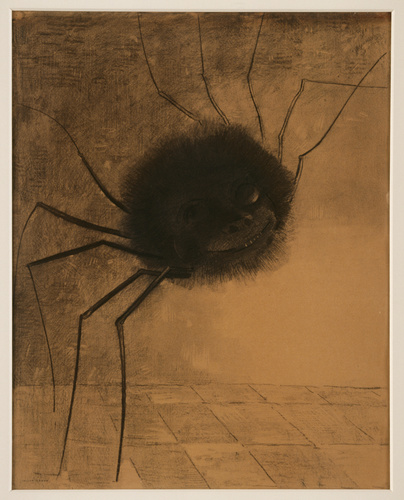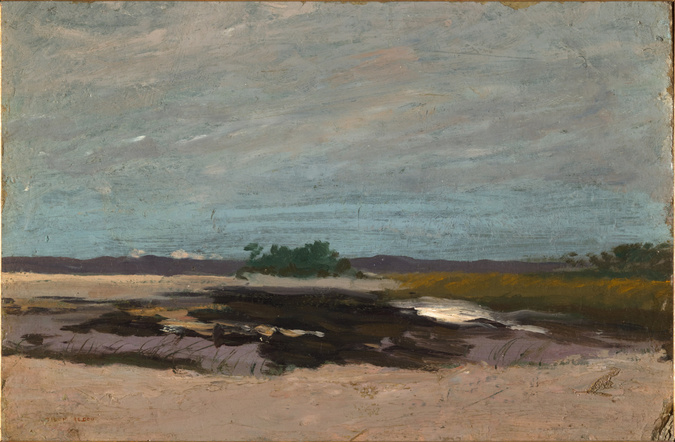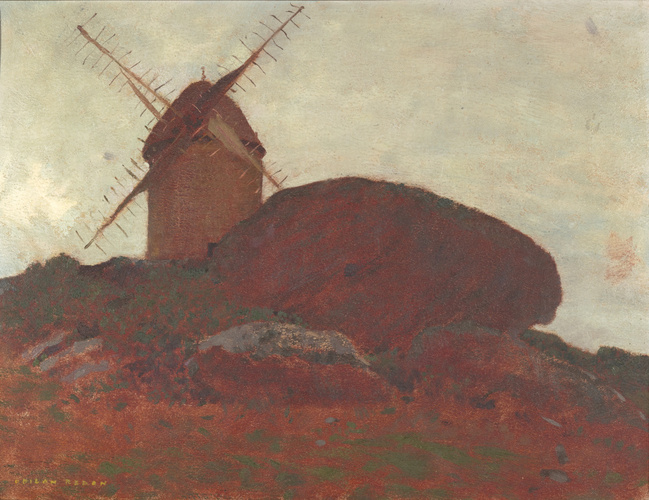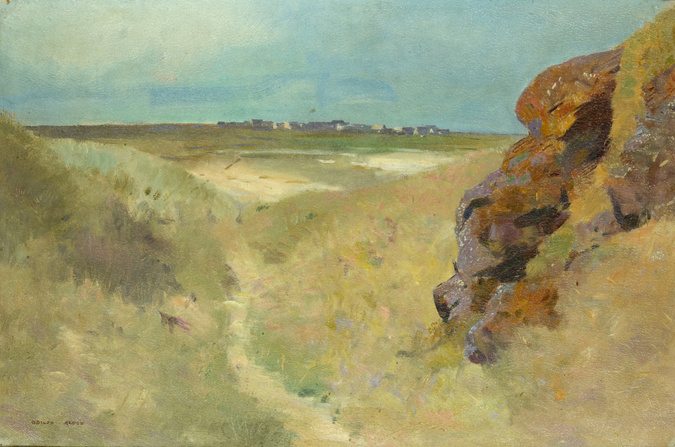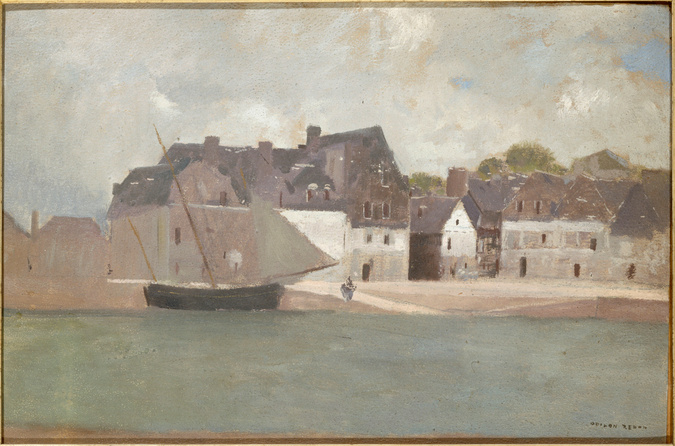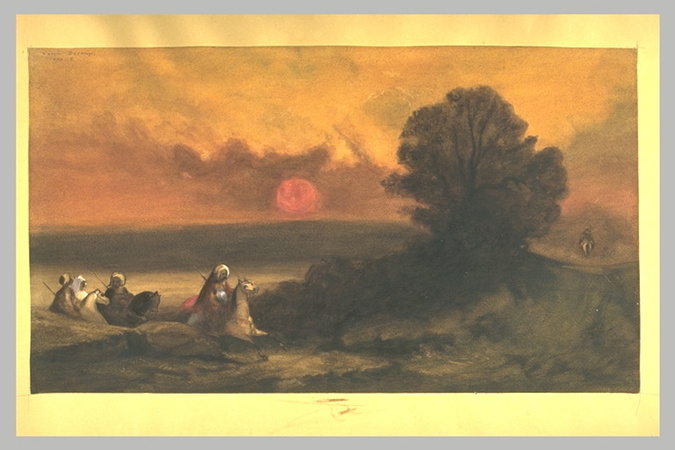-
The Armory Show. International Exhibition of Modern Art
-
Armory of Sixty-ninth Regiment
-
Etats-Unis,
New York, 1913, n°280
-
Odilon Redon
-
galerie Barbazanges
-
France,
Paris, 1920, n°68
-
Odilon Redon
-
galerie Georges Giroux
-
Belgique,
Bruxelles, 1921, n°3
-
Odilon Redon
-
galerie Eugène Druet
-
France,
Paris, 1923, n°37
-
Odilon Redon : exposition rétrospective de son oeuvre
-
musée des Arts décoratifs
-
France,
Paris, 1926, n°45
-
Odilon Redon
-
Wildenstein Gallery
-
Royaume-Uni,
Londres, 1937, n°7
-
Eugène Carrière et le Symbolisme
-
musée de l'Orangerie
-
France,
Paris, 1949-1950
-
Odilon Redon
-
musée de l'Orangerie
-
France,
Paris, 1956-1957
-
Odilon Redon
-
Gemeentemuseum
-
Pays-Bas,
La Haye, 1957
-
Cien Anos de pintura en francia de 1850 a nuestros dias
-
Museo Nacional de Arte Moderno - Palacio de Bellas Artes
-
Mexique,
Mexico, 1962
-
Maurice Denis
-
musée de l'Orangerie
-
France,
Paris, 1970
-
French symbolist painters : Moreau, Puvis de Chavannes, Redon and their followers
-
Hayward Gallery
-
Royaume-Uni,
Londres, 1972
-
French symbolist painters : Moreau, Puvis de Chavannes, Redon and their followers
-
Walker Art Gallery
-
Royaume-Uni,
Liverpool, 1972
-
El Simbolismo en la pintura francesa
-
Museo Español de Arte Contemporaneo
-
Espagne,
Madrid, 1972
-
Le Symbolisme en Europe
-
Museum Boijmans Van Beuningen
-
Pays-Bas,
Rotterdam, 1975-1976
-
Le Symbolisme en Europe
-
musées royaux des Beaux-Arts
-
Belgique,
Bruxelles, 1976
-
Le Symbolisme en Europe
-
Staatliche Kunsthalle
-
Allemagne,
Baden-Baden, 1976
-
Le Symbolisme en Europe
-
Galeries nationales du Grand Palais
-
France,
Paris, 1976
-
Préfiguration du musée d'Orsay - Le Post-Impressionnisme
-
palais de Tokyo - musée d'Art et d'Essai
-
France,
Paris, 1977-1986
-
La peinture dans la peinture
-
musée des Beaux-Arts
-
France,
Dijon, 1982-1983, n°103
-
Odilon Redon
-
Kunstmuseum
-
Suisse,
Winterthur, 1983
-
Odilon Redon
-
Kunsthalle Bremen
-
Allemagne,
Brême, 1983-1984
-
Odilon Redon 1840-1916
-
galerie des Beaux-Arts
-
France,
Bordeaux, 1985
-
Odilon Redon, prince of dreams : 1840-1916
-
The Art Institute of Chicago
-
Etats-Unis,
Chicago, 1994
-
Art Nouveau 1890-1914
-
Victoria and Albert Museum
-
Royaume-Uni,
Londres, 2000, n°4.7
-
Goya, Redon, Ensor. Groteske schilderijen en tekeningen
-
musée Royal des Beaux-Arts
-
Belgique,
Anvers, 2009
-
Odilon Redon, prince du rêve : 1840-1916
-
Galeries nationales du Grand Palais
-
France,
Paris, 2011
-
Odilon Redon, prince du rêve : 1840-1916
-
musée Fabre
-
France,
Montpellier, 2011
-
Odilon Redon, prince du rêve : 1840-1916
-
Fundación Mapfre
-
Espagne,
Madrid, 2012
-
Musée d'Orsay. Capolavori
-
Complesso del Vittoriano
-
Italie,
Rome, 2014, n° 44
-
Faces of Impressionism. Portraits from the Musée d'Orsay
-
Kimbell Art Museum
-
Etats-Unis,
Fort Worth, 2014-2015
-
Cosa mentale. Les imaginaires de la télépathie dans l'art du XXe siècle
-
Centre Pompidou-Metz
-
France,
Metz, 2015-2016
-
Au-delà des étoiles. Le paysage mystique de Monet à Kandinsky
-
musée d'Orsay
-
France,
Paris, 2017
-
Odilon Redon. Into the Dream
-
Ny Carlsberg Glyptotek
-
Danemark,
Copenhague, 2018-2019
